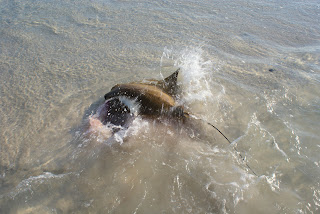
Jellyfish-like creatures are the informal names given to the second phase of some gelatinous members of a subphylum Medusozoa, a large portion of the phylum Cnidium. These creatures are called jellyfish because they have a thin skin with a solid shell over it. They are also referred to as "jellyfish" because jellyfish can reproduce sexually.
Sea jelly and jellyfish can be up to three feet long and are often found off the coast of California, Japan, Australia, and Hawaii. Many types of sea jelly grow to about one foot in length. Some species, for example seaweed Algae are microscopic. Other types of jellyfish include the more typical jellyfish we know today.
Jellyfish don't actually sting unless provoked
However, the stingray bite is so painful and can lead to numbness or paralysis. A stinging ray, called a nemolette, can often be seen swimming near islands in South Australia.
Most jellyfish do not sting unless provoked, but there are some exceptions. For example, bites from some species of stinging nettle can cause severe pain, even if the stinging nettle is not a "jellyfish."
Jellyfish are generally harmless animals, although some species can be dangerous. This is because they can sting when threatened or irritated. It is important for anyone who comes in contact with stingray or nettles to thoroughly wash the wound with soap and water.
While jellyfish are harmless creatures, some species can be dangerous. This is because they can become irritated when accidentally ingested. The venom secreted by a stinging stingray can be deadly to humans. Some of this type of stinging nettle can be poisonous to cats and dogs, although this poison is rare.
Stingrays, also known as barracudas, are often seen near the water's edge and around the coastline, especially when tides are changing. They feed on shallow water algae and other organisms, especially plankton. One of their favorite foods is the red meat jellyfish.
When a stingray eats a jellyfish, its stingers cause a sensation similar to that of an insect sting. This sensation can cause some temporary discomfort, but is usually followed by immediate relief. Injuries caused by stingrays, which can range from mild to serious, should be tended to immediately and taken care of as soon as possible. Severe stings may require hospital treatment.
Stingrays have a very short sting and a very long tail
They can swim fast and their venom will not stay in one location very long. Because stingrays and jellyfish feed on different types of food, it is likely that when you have to pick up a stingray or jellyfish that it has traveled quite a distance. For this reason, it is important to use caution when picking up any jellyfish from the ocean, even if it appears to have died.
Although jellyfish can sting, stinging nettle has a very painful sting. Nettle can sometimes cause a burning or swelling sensation. This can cause pain and damage to the skin.
As with stingrays, jellyfish and stingrays are usually eaten after they have been stingrayed. It is important to wash the stingers away immediately with water and soap. If you have to throw a stingray or jellyfish back into the ocean, do not pick it up as quickly as you can, because the stingers may still be attached to the skin.
Even if a stingray or jellyfish is dead, it is still very dangerous and you should wash it away as quickly as possible. Do not keep it on your body for too long, since these types of organisms can travel very far through the air. Some people believe that stingrays and jellyfish can spread diseases through contact with skin-to-skin contact.
Leave a Reply